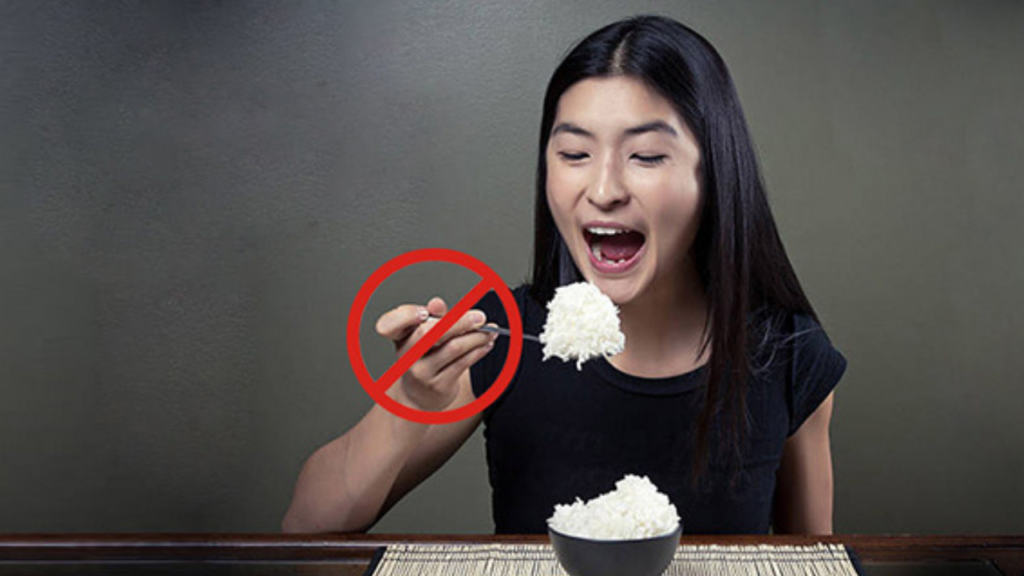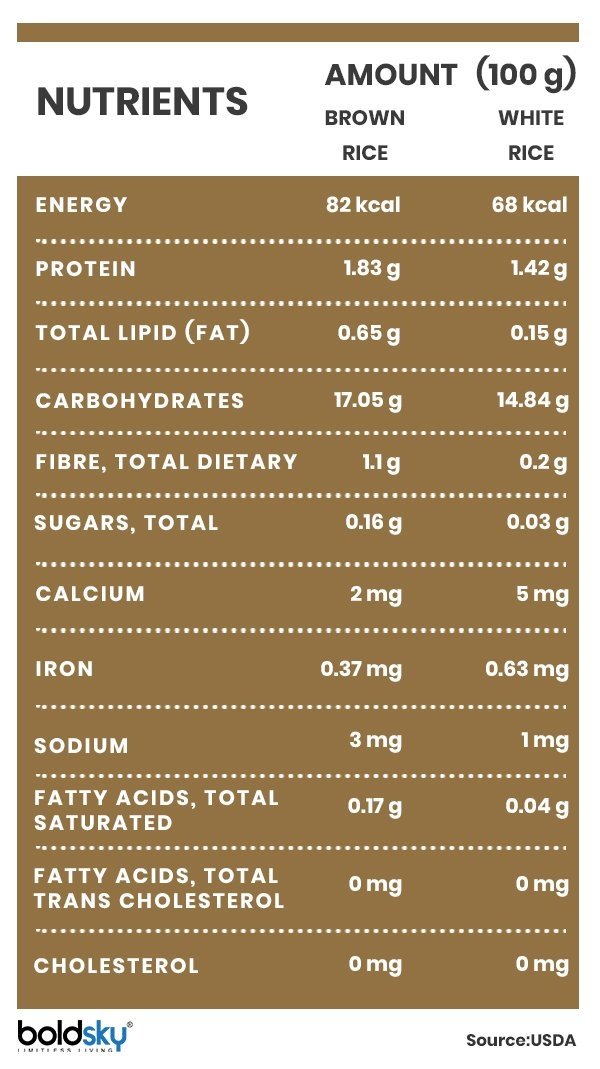
Many people think that their meal is incomplete without rice. Why not a little, but rice must be there in the dish. Some people eat rice both in the afternoon and at night. Some people eat only milk rice / khichdi / or masale rice / fodani rice at night. Some people want Indrayani rice and some want Basmati rice. When buying rice in the shop, it is checked whether it is white or fragrant.
The emphasis of many is on the use of polished rice. But in reality when rice is polished, the outer covering is removed. This is why it looks white. Polishing reduces the nutrients in rice. White rice falls into the category of refined grains or refined carbs.


Rice is basically of three layers, bran, germ and endosperm. Bran and germ are rich in protein, fiber and iron. Endosperm contains a large amount of carbohydrates.
But when the rice is polished, both the bran and the germ are removed. This destroys the B complex vitamins, iron and fibrous substances found in unpolished rice.
Thus white rice contains only carbohydrates. Such rice looks white but its nutritional value is zero. So this rice is harmful to health. This rice cooks quickly and its prepared rice does not require much chewing. The faster any grain cooks and requires less chewing, the less fiber it contains.


According to a research paper published in the British Medical Journal, people who consume large quantities of white rice have a 10-fold increased risk of developing type 2 diabetes. According to researchers at Howard University, if you don’t want diabetes in the future, you should eat less white rice.
Continued intake of this starch raises blood sugar levels and increases the risk of diabetes. Brown rice has all these three layers. Per 100 grams of brown rice contains about 2 grams of fiber, which is less than 1 gram in polished rice. As brown rice is high in fiber, so eating a little gives satisfaction and fills the stomach.

Pericarp, the outermost layer of rice, is rich in protein and B vitamins. It is retained in brown rice. These factors are especially helpful in boosting the immune system.
In earlier times, brown rice was used. Polished rice lasts longer. As a result, many traders and large companies commercialized polished rice. This increased the use of polished rice.

Increased consumption of polished depleted the benefits of brown rice and caused many health problems.
In areas where rice is the staple food, many people have symptoms of anemia due to iron deficiency. This is because the iron in the rice is destroyed in the process of polishing and hence the supply of iron to the body is also reduced. Similarly, the replacement of unpolished rice with polished rice has increased the symptoms of zinc deficiency in many places.
